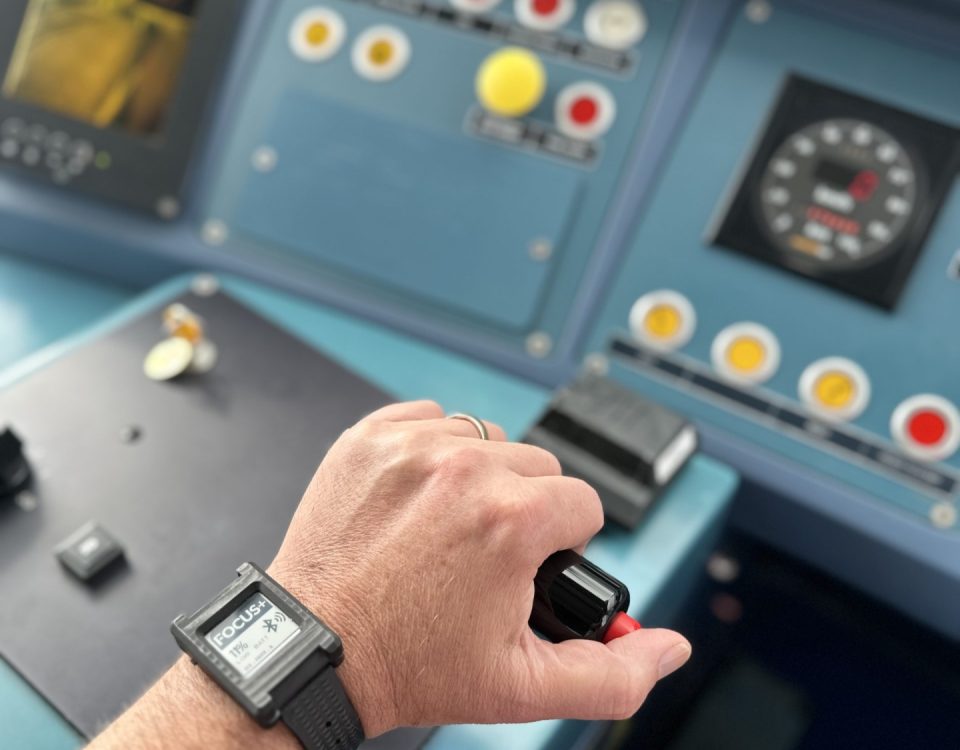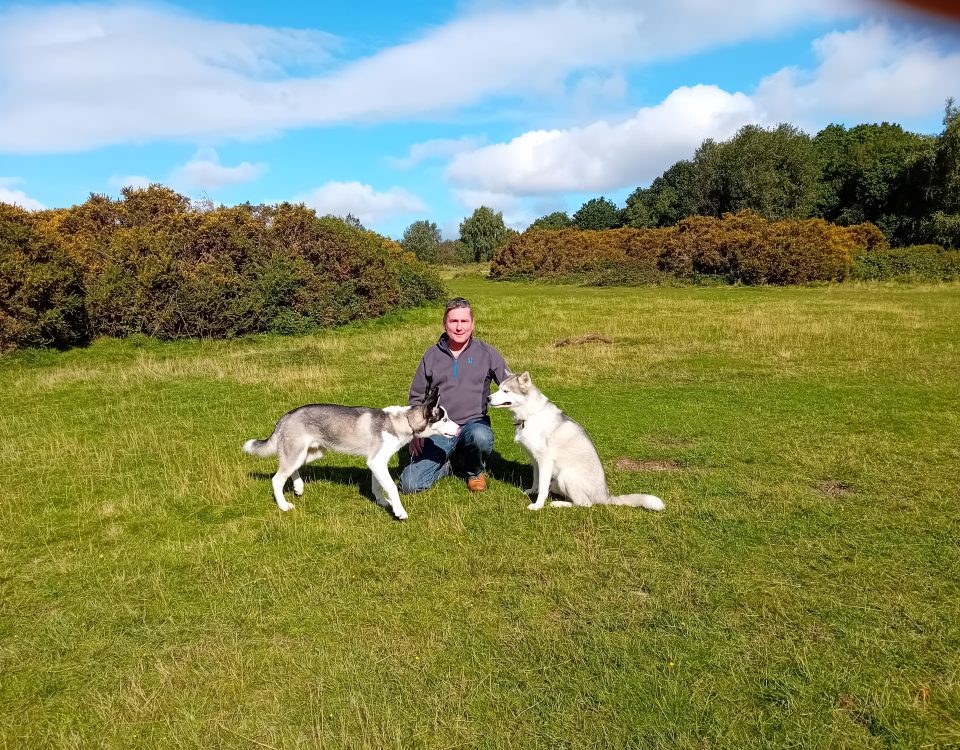Work as Imagined vs Work as Done
When we look at approaches to safety and Human Factors, it’s very important to understand the difference between the two terms. For example, one of the leading causes of medical errors is the difference between the way work is imagined and the way it is actually done. It’s very rare that someone sets out to do harm, often they are unaware that they are making a lethal error. The most common example is when management in an organisation thinks a procedure is being completed in a particular way but in reality, the workforce has a different way of completing the procedure. The procedure does not get updated or checked, errors can creep in, or key skills developed to complete work as done can be lost with the skills gap and retirement. In the gap between work as imagined and work as done lies danger.
Work-as-imagined (WAI)
Work-as-imagined (WAI) refers to the various assumptions, explicit or implicit, that people have about how their or others’ work should be done.
Work-as-done (WAD)
Work-as-done (WAD) refers to how something is actually done, either in a specific case or routinely.
Mind the Gap
There is often a considerable difference between what people are assumed or expected to do and what they actually do. In hazardous industries, standard operating procedures (SOPs) may have built up or been adapted over time. Procedures can be complex and lengthy. These processes may have failed to adapt or innovate over time.
Workers may not follow standard operating procedures when:
- The procedure fails to align with what they were taught in training
- Workers may think that their method of performing the task is better than the method used in the procedure. This can happen when a worker has decades of experience working in an industry and in their mind has found the “best” way of doing things.
- The procedure makes the task more complex and difficult to complete
- The procedure is unclear, leading to misinterpretation of the steps required to complete the task
- Workers work from memory rather than referring to the procedure. This can be a particular issue if the task is particularly repetitive.
- Leaders do not clearly articulate that they expect the procedures to be followed and fail to check if the procedure is being followed correctly.
- Staffing levels are sub-optimal leading to staff cutting corners.
The Solution
Examining WAI and WAD is an important part of conducting Hierarchical Task Analysis (HTA) as part of an SCTA. Where there is a gap between WAI vs WAD, leaders need to dig deeper to understand, and then take appropriate actions to resolve the gap. Observing how a procedure is carried out in the field can give a better understanding of the risk of the task and help reduce the likelihood of failure. If this observation is carried out with different people and in different environments, this may fill in some of the gaps in how the work is done. To get the clearest picture interviewing workers can be used in tandem with observations.
IHF helps for a range of high risk industries including aviation, chemical processing, COMAH sites, financial services, health, nuclear, oil & gas and pharmaceutical conduct SCTA’s. Our training courses (approved by the Chartered Institute of Ergonomics and Human Factors) and software solutions help organisations build their own in-house capabilities, with our consultants on hand to guide our clients on best practices. Having this SCTA knowledge in the workforce also exerts a positive influence on the quality of risk assessment and incident investigations and also the quality of improvement suggestions. IHF can help organisations streamline their SCTA processes, standardise the processes across the organisation and bring all their information into one easily accessible portal.
To learn more Contact Us.




